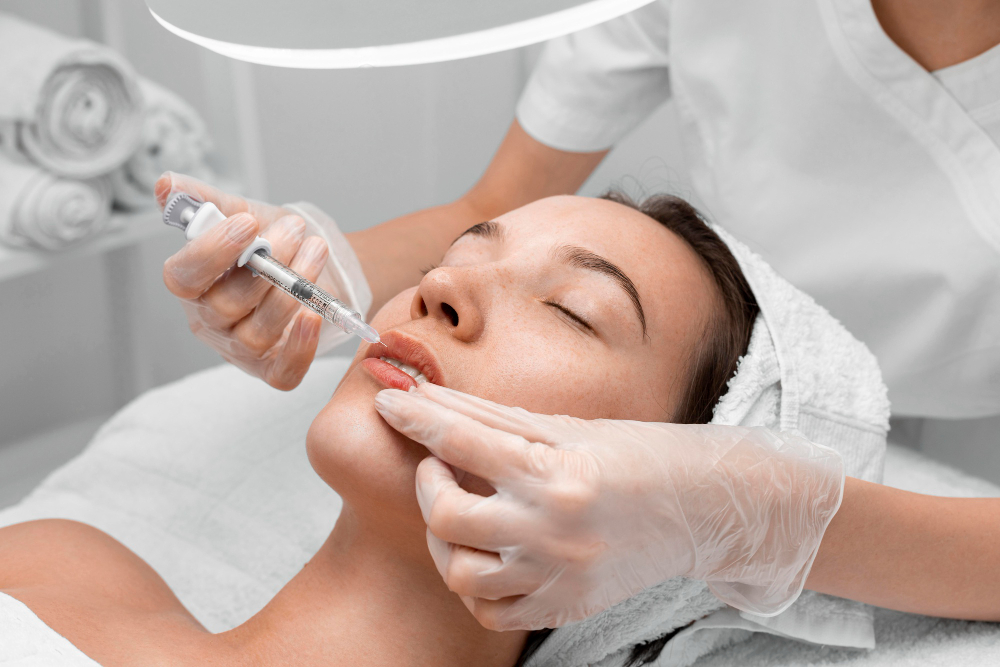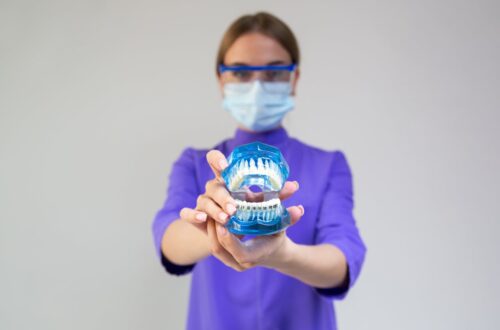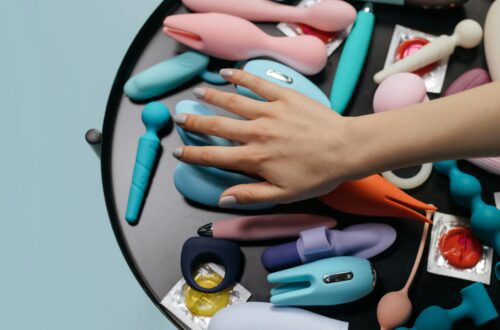In the pursuit of youthful, radiant skin, many turn to facial dermal fillers as a solution. These minimally invasive procedures offer a non-surgical option to enhance facial contours, reduce wrinkles, and restore lost volume. If you’re considering facial dermal fillers to rejuvenate your appearance, it’s essential to be well-informed before making a decision.
What are Facial Dermal Fillers?
Facial dermal fillers from an aesthetic clinic in Essex are injectable substances used to soften wrinkles, restore volume, and enhance facial contours. They work by replenishing the natural substances that diminish with age, such as collagen and hyaluronic acid. These fillers are commonly used to address various concerns, including:
- Fine lines and wrinkles
- Loss of facial volume
- Sunken cheeks
- Thin lips
- Nasolabial folds (smile lines)
- Marionette lines (lines around the mouth)
Types of Facial Dermal Fillers
There are several types of facial dermal fillers available, each with its unique characteristics and benefits. The most common types include:
Hyaluronic Acid Fillers
- Derived from a naturally occurring substance in the body
- Provide hydration and plumpness to the skin
- Results typically last 6-18 months
Calcium Hydroxylapatite Fillers
- Stimulate collagen production for long-lasting results
- Ideal for deeper wrinkles and volume loss
- Results can last up to 12 months or more
Poly-L-lactic Acid Fillers
- Stimulate collagen production gradually over time
- Suitable for volume loss and deep folds
- Results appear gradually and can last up to 2 years
Polymethylmethacrylate (PMMA) Fillers
- Contains tiny microspheres suspended in a collagen-based solution
- Provides permanent results for severe facial wrinkles and volume loss
- Requires multiple treatments for optimal results
The Procedure
The facial dermal filler procedure is quick and minimally invasive, typically performed in a doctor’s office or medical spa. Here’s what you can expect during the treatment:
Consultation
- Your provider will assess your facial concerns and discuss your aesthetic goals.
- They will explain the different types of fillers and recommend the most suitable option for you.
Preparing for the Procedure
- Your provider will cleanse the treatment area and may apply a topical numbing cream for comfort.
- They will mark the injection sites to ensure precise placement of the filler.
Injection
- Using a fine needle or cannula, your provider will inject the filler into the targeted areas.
- They will massage the area to distribute the filler evenly and achieve natural-looking results.
Post-Treatment Care
- You may experience mild swelling, bruising, or redness at the injection sites, which typically resolves within a few days.
- Avoid touching or rubbing the treated area and follow any specific instructions provided by your provider.
Benefits of Facial Dermal Fillers
Facial dermal fillers offer numerous benefits beyond just reducing wrinkles and restoring volume. Some of the key advantages include:
- Non-surgical and minimally invasive
- Quick procedure with minimal downtime
- Customizable treatment to address specific concerns
- Natural-looking results that enhance facial contours
- Long-lasting effects that can be maintained with follow-up treatments
Risks and Considerations
While facial dermal fillers are generally safe when performed by a qualified provider, it’s essential to be aware of potential risks and considerations:
- Temporary side effects such as swelling, bruising, and redness
- Allergic reactions to the filler ingredients (e.g., hyaluronic acid)
- Infection at the injection site if proper hygiene practices are not followed
- Rare but serious complications such as filler migration or nodules
Who is a Good Candidate?
Facial dermal fillers are suitable for individuals who wish to address signs of ageing or enhance their facial features without undergoing surgery. Ideal candidates should:
- Be in good overall health with realistic expectations
- Have specific concerns such as wrinkles, volume loss, or asymmetry
- Not be pregnant or breastfeeding
- Not have a history of severe allergies or autoimmune disorders
Cost Considerations
The cost of facial dermal fillers varies depending on factors such as the type of filler used, the number of syringes required, and the provider’s expertise. On average, prices range from a few hundred to several thousand dollars per treatment. It’s essential to discuss pricing and payment options with your provider during the consultation.
Maintaining Results
To maintain optimal results, follow-up treatments may be necessary as the effects of the filler gradually wear off over time. Your provider can recommend a personalized treatment plan based on your aesthetic goals and preferences. Additionally, adopting a skincare routine that includes sunscreen, moisturizers, and anti-ageing products can help prolong the benefits of facial dermal fillers.
Frequently Asked Questions (FAQs)
1. Are facial dermal fillers painful?
Most patients report minimal discomfort during the facial dermal filler procedure. Your provider may apply a topical numbing cream or use a filler containing a local anaesthetic to ensure your comfort during treatment.
2. How long do the results of facial dermal fillers last?
The duration of results depends on factors such as the type of filler used, the treatment area, and individual metabolism. Generally, results can last anywhere from 6 months to 2 years. Follow-up treatments can help maintain the effects over time.
3. Can facial dermal fillers be reversed if I’m unhappy with the results?
Hyaluronic acid fillers can be partially or completely reversed using an enzyme called hyaluronidase. This enzyme breaks down the hyaluronic acid filler, allowing your provider to adjust or remove the filler if necessary.
4. Are there any long-term side effects associated with facial dermal fillers?
While serious complications are rare, long-term side effects such as filler migration, nodules, or granulomas may occur. It’s essential to choose a qualified provider and follow post-treatment care instructions to minimize the risk of adverse effects.
5. Can I combine facial dermal fillers with other cosmetic procedures?
Yes, facial dermal fillers can be combined with other cosmetic procedures such as Botox injections, laser skin resurfacing, or chemical peels to achieve comprehensive facial rejuvenation. Your provider can create a customized treatment plan tailored to your specific needs and goals.
6. How soon can I resume my normal activities after receiving facial dermal fillers?
Most patients can resume their normal activities immediately after the procedure, although some temporary side effects such as swelling or bruising may occur. It’s advisable to avoid strenuous exercise, excessive sun exposure, and alcohol consumption for the first 24-48 hours after treatment.
7. Will facial dermal fillers make me look unnatural or “overfilled”?
When administered by a skilled provider, facial dermal fillers can enhance your natural features and produce subtle, natural-looking results. It’s crucial to communicate your aesthetic goals clearly with your provider to ensure that your results align with your expectations.
Conclusion
Consult with a qualified provider to discuss your concerns and goals, and embark on your journey to a more youthful and rejuvenated appearance with confidence.






